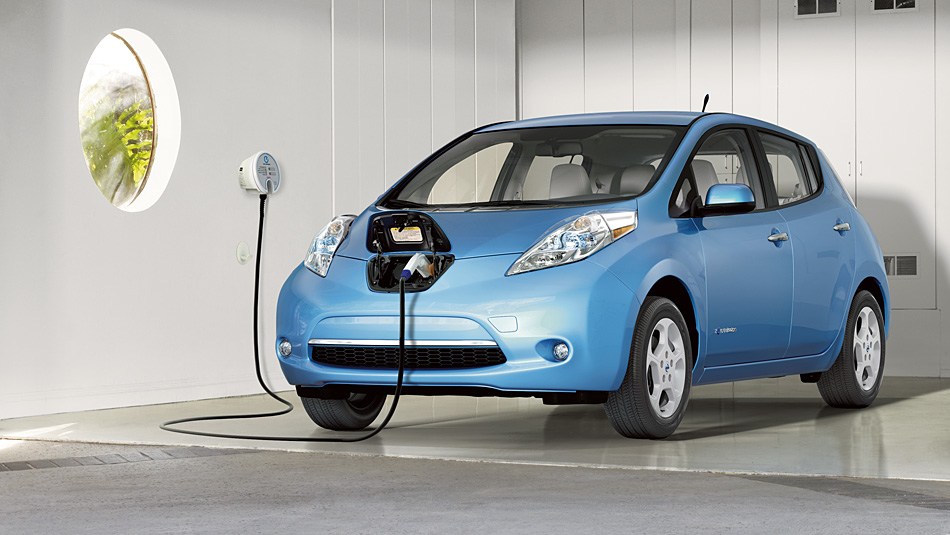Electric Cars: A Historic Overview

The idea of electric cars has taken the world by storm. Whether focused on saving money on fuel costs or conserving the environment, car drivers have taken notice of the many options of electric vehicles that are hitting the market. However, electric automobiles are anything but new. The concept of electric vehicles can be traced back from a period between the late 1800’s to the early 1900’s. In fact, according to the United State Census in 1900, twenty-eight percent of all automobiles purchased in that year were electric vehicle models.
Early Advantages That Still Hold True Today
There were many reasons that consumers opted for early model electric vehicles more than one hundred years ago. While these vehicles were considered to be basic horseless carriages powered by batteries, they held many advantages over their gasoline-powered counter options. The early model electric vehicles lacked the pungent odors that the fuel would give off when burned. They also offered a quieter, smoother riding experience that drivers and their passengers fully embraced. Gone as well was the need to manually crank-start the vehicle, which was especially troublesome in colder weather climates.
All but Faded Away
Manufacturers of electric vehicles saw great success within their business endeavors through the early 1920’s. Statistics show that these vehicles reached their major peak in 1912, but soon after the fad of owning and operating an electric vehicle began to dwindle down. This was due majorly to automakers like Henry Ford that were able to provide mass production for combustion engine automobiles. This new form of manufacturing led to cheaper vehicles that met the needs and desires of the car drivers out there.
The Clean Air Act of 1970
As the costs of automobiles were decreasing with mass production capabilities, more drivers were taking to the roads in the 1950’s and 1960’s. The fumes emitted from the increased cars on the roadways was taking its toll on the environment. Everyone from doctors to environmentalists noticed the devastating effects that the vehicles’ fumes were causing. By 1970 there was a real push to stop the damage that was taking place. This gave birth to the Clean Air Act of 1970.
The Clean Air Act called for restrictions of the pollutants that were being released into the air. Manufacturers of automobiles had to create new designs that limited the emissions being released into the air. This caused major automotive manufacturers to take a closer look at the older designs of the electric automobiles. With some adjustments, these manufacturers were able to address the speed requirements and longer distances that car drivers required to keep up with transportation laws while utilizing an electric vehicle.
No Design Shortages in the Electric Automobile Industry
Throughout the years there have been many amazing designs for electric automobiles that have emerged. In the early 1970’s, Sebring-Vanguard created the CitiCar. This model remained one of the top-selling electric vehicles available until it was surpassed in demand by the Tesla Roaster in 2011. Other well received models that have been in production include the Elcars, the BMW 1602 E, the RT1, and the General Motors’ EV1. Many of these older electric vehicles can be viewed in museums and car collections around the world.
Technology Has Taken Electric Cars to a New Level
Powering the early model electric cars was done by use of multiple batteries being installed within the vehicle. This got quite expensive for the driver to maintain. Manufacturers wanted to find a balance between the need for saving the environment while still producing a vehicle that the consumer desired. Tesla was the first to introduce a technology that allowed drivers to plug their vehicles in and recharge the batteries while still getting exceptional driving miles between charges. The company made the conscious decision to share their technology with other manufacturers around the world. This has allowed for well-received electric car models including the Chevy Volt and Nissan Leaf that continuously sold out before they could even be produced.
Today you are likely to see charging ports in all types of locations around the United States that allows for the recharging of electric vehicles. This has led to a major push on car manufacturers to keep up with the new demand for these environmentally-friendly automobiles. However, the unique and sophisticated designs continue to turn heads wherever the vehicles are seen.
Looking ahead, Tesla is anticipating the introduction of their first mass-produced electric vehicle, the Model 3. Car drivers are also excited about the Faraday Future model vehicle that offers the long-range driving capabilities that Tesla has announced for their automobile.
Before you take your electric vehicle out for a spin, contact Breathe Easy Insurance at 866.822.7755 for your insurance quote. Whether it is an SR22 certificate or an auto policy you are seeking, the friendly and helpful customer care representatives will provide you with coverage that will not cut into your time traveling and discovering the great state of California. In fact, Breathe Easy representatives can have your SR22 Insurance coverage registered with the DMV within 15 minutes. So go ahead and dream big with your new electric car and a wide open road that lays ahead of you.
